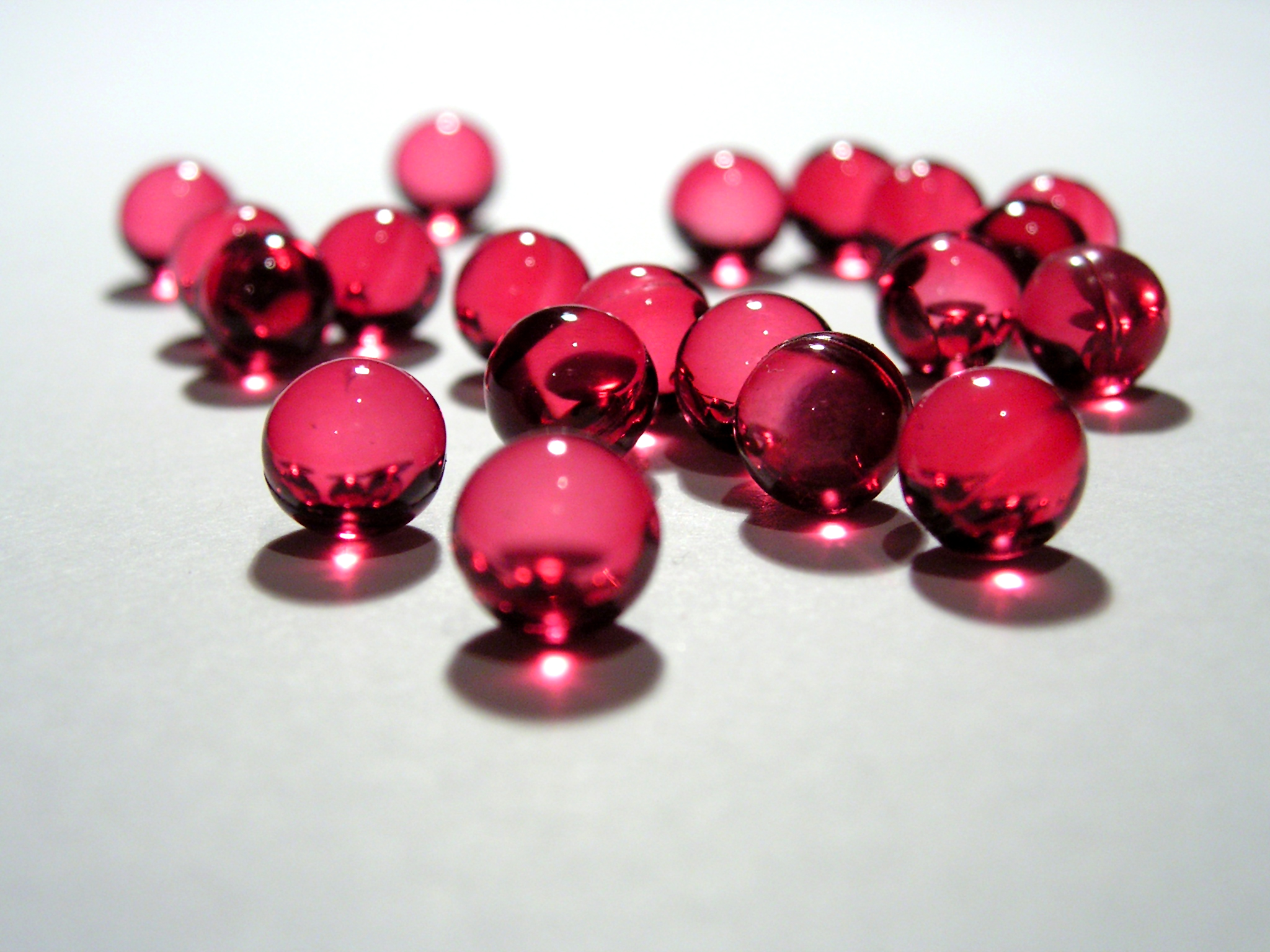
WEDNESDAY, Dec 8 (HealthDay News) — A not-so surprising ingredient is now appearing in those treats your pet craves.
Over the past five years, sugar has increasingly been added to some popular brands of dog and cat treats to make them more palatable and profitable, according to veterinarian Dr. Ernie Ward, founder of the Association for Pet Obesity Prevention.
Noting that 90 million U.S. pets are considered overweight, Ward said, “If I could only point to one factor causing the modern-day pet obesity epidemic, it would have to be treats. It’s that seemingly innocent extra 50 calories a day in the form of a chew or cookie that adds up to a pound or two each year.”
“Dogs, like humans, have a sweet tooth, and manufacturers know this,” Ward added. “If a dog gobbles a treat quickly, an owner is more likely to give another, and another.”
Americans spend more than $2 billion annually on dog and cat treats, according to Euromonitor International, a market research firm. In fact, some of the largest players in the pet food industry are companies also producing human snack foods, including Del Monte, Nestle, and Proctor & Gamble.
To keep pets trim and healthy, Ward tells owners to avoid treats with any form of sugar (such as sucrose, dextrose, or fructose) listed as one of the top three ingredients.
“The addition of sugar to pet treats has increased not only the calories but also the potential risk of insulin resistance and diabetes,” he said.
Veterinarian Dr. Jennifer Larsen, an assistant professor of clinical nutrition at the University of California’s School of Veterinary Medicine in Davis, explained that sugar is used in foods and treats for a variety of reasons, and only some of those are related to palatability.
For example, she said, corn syrup is used as a thickener and to suspend the dough for proper mixing of ingredients, and dextrose is used to evenly distribute moisture throughout a food.
“Sugar has a role in the physical and taste characteristics of many products, helping to mask bitter flavors imparted by acidifying agents, or changing the texture of specific treat types,” she said.
Still, consumers remain in the dark as to how much sugar commercial pet treats contain. Unlike human foods, the amount of sugar isn’t listed on the label. New labeling regulations are currently being considered, though, that would reveal maximum sugar and starch content.
In response to questions about sugar in their pet food treats, Del Monte Foods released a prepared statement saying: “When used responsibly and in moderation, treats like [ours] add enjoyment and excitement to a dog’s diet and foster the emotional bond between pets and pet parents, without contributing to weight gain. Nutritional needs vary based on factors such as breed, size and activity level.”
The statement added, “Del Monte recommends that consumers consult their veterinarian for snack-feeding guidelines that will give their pets the nutrition they need and the taste and excitement they crave. “
Ward, the author of Chow Hounds: Why Our Dogs Are Getting Fatter,
said that he’s not anti-sugar or anti-snack for pets. He just wants people to make better choices when it comes to the foods they give their pets.
One way to do that is by ditching calorie-dense cookies for what’s in the refrigerator, Larsen added.
“Owners forget that human foods, especially fruits and vegetables, make excellent and healthy treats, which are more cost-effective than commercial pet treats,” she said.
Apples, berries and carrots are nutritious and low-calorie snacks for dogs. Salmon or tuna flakes are healthy options for cats. But, she added, pet owners should always avoid food known to be harmful to pets such as garlic, onions, grapes, macadamia nuts, and chocolate.
At the end of the day, treats should only make up 10 percent of calories consumed by your pet.
As a general rule, Ward advised against giving any pet treat containing more than 15 calories unless it’s a special occasion such as a birthday or Christmas.
Better yet, instead of giving your pet a sugary treat, spend some quality time together, he advised. Grab a leash and go for a walk with your dog; take out a toy and play with your cat.
“Replace confection with affection whenever possible,” Ward said. “Both you and your pet will benefit from eating fewer snacks and more playtime.”
More information
There’s more on helping your pet stay healthy at the U.S. National Library of Medicine.

